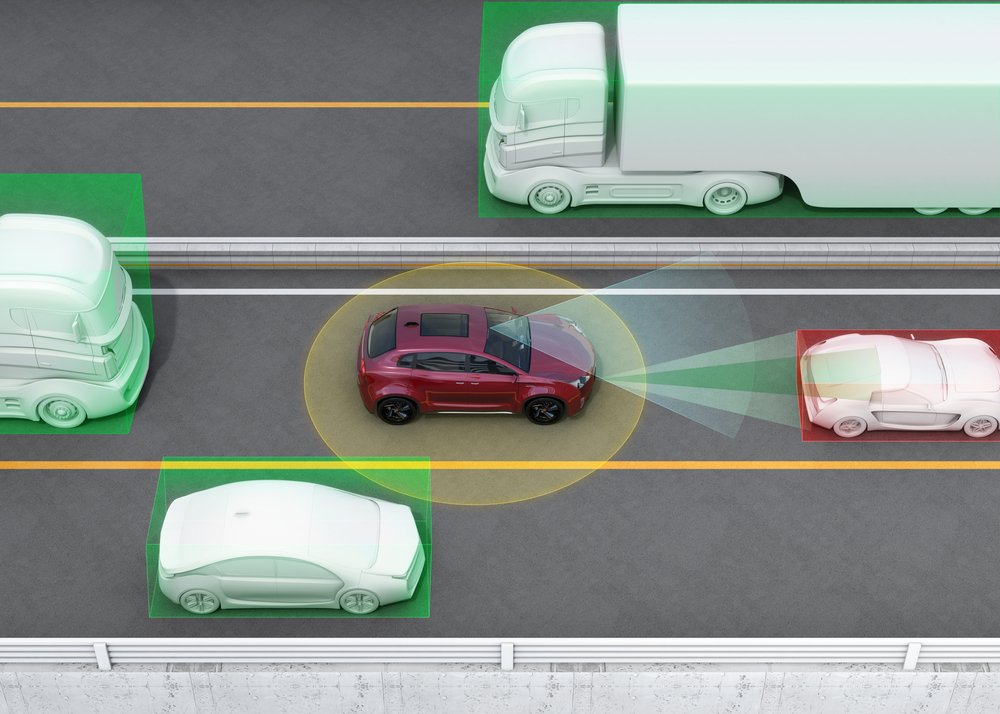
A new study from the Insurance Institute for Highway Safety (IIHS) found that fewer drivers are disabling lane departure prevention systems, signaling growing acceptance of the technology.
The number of number of drivers choosing to keep their lane departure prevention systems activated is a marked shift from previous years when many opted out of using this safety feature, the group noted.
The study, which examined driver behavior in vehicles equipped with lane departure prevention technology, found that half of drivers now leave the system on, compared to 41 per cent in earlier studies.
Lane departure prevention is designed to keep drivers from unintentionally drifting out of their lane by alerting them or even guiding the vehicle back.
David Kidd, a senior research scientist at IIHS, pointed to the rise in driver comfort with advanced driver assistance systems (ADAS) as a key factor in this trend.
“Drivers are becoming more familiar with the benefits of lane departure prevention systems, and many are starting to trust the technology,” he said.
Lane departure prevention systems have been proven to reduce single-vehicle, sideswipe, and head-on crashes. Despite their benefits, earlier data showed that many drivers disabled the feature, often citing annoyance from alerts or unfamiliarity with how the system worked.
The IIHS study highlights the importance of the technology for roadway safety, noting that vehicles with lane departure prevention reduce the likelihood of single-vehicle and head-on crashes by 11 per cent. The technology also reduces injury crashes by 21 per cent.
The shift in attitudes towards lane departure prevention is part of a broader trend of drivers becoming more accustomed to ADAS features such as automatic emergency braking and adaptive cruise control, IIHS observed. While many drivers initially hesitated to rely on these systems, the growing body of evidence showing their effectiveness in preventing accidents is encouraging wider adoption.
The study also found that driver retention of lane departure prevention technology varied by brand. Vehicles from brands like Tesla, BMW, and Subaru had higher retention rates compared to others, suggesting that user-friendly interfaces and the ability to adjust system sensitivity might contribute to a more positive user experience, IIHS noted.
Image credit: Depositphotos.com













Leave a Reply